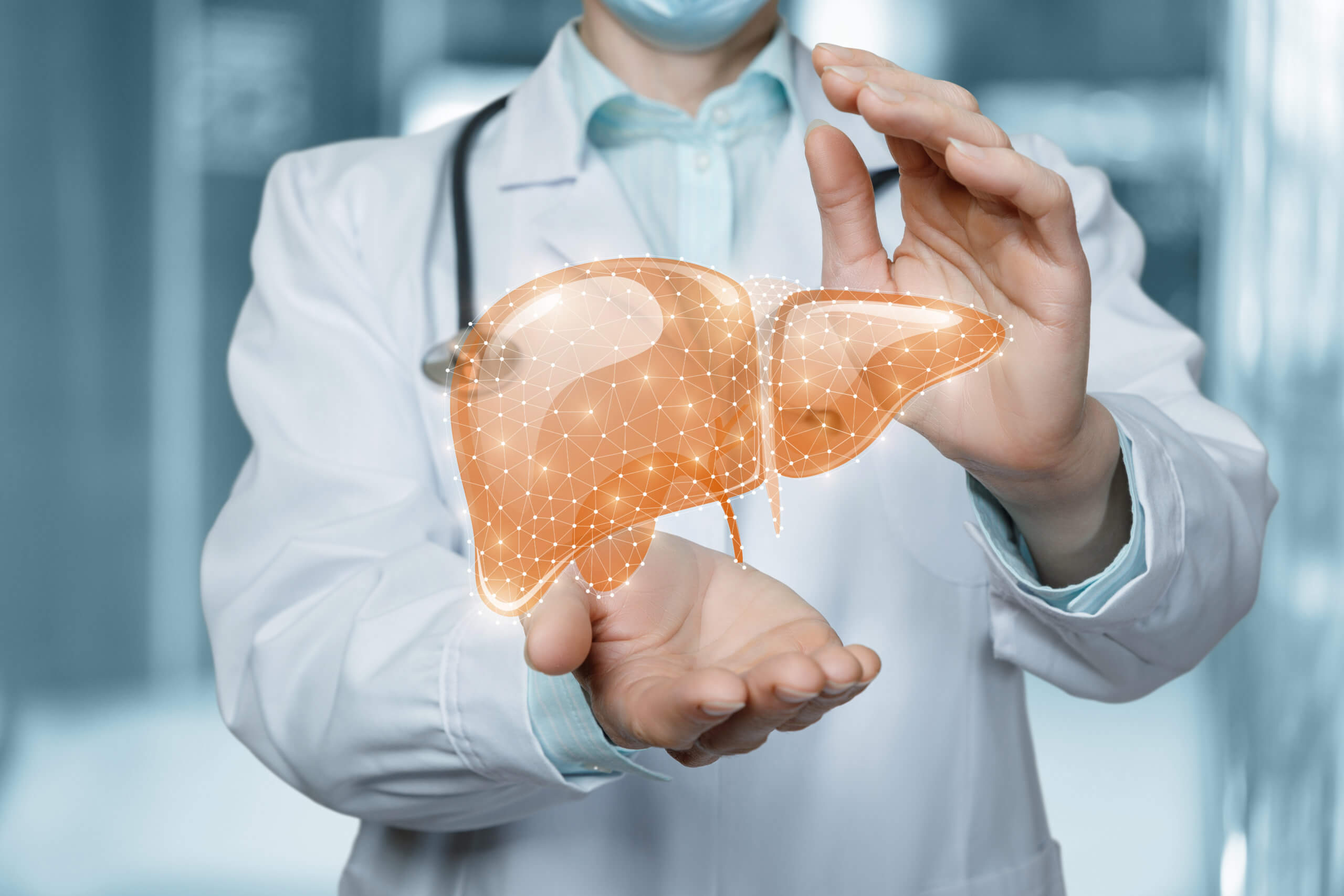Non-alcoholic fatty liver disease (NAFLD) could be a term used to describe an array of liver conditions that affect people who consume little to no alcohol. The condition affects 40% of adults in Singapore, so Singaporean scientists from Duke-NUS Medical School have set out to take a closer look. They discovered a mechanism that is responsible for leading to advanced stage NAFLD, and that vitamin B12 and folic acid may be able to stop and reverse it.
Around the world, NAFLD is the number-one cause of liver transplants around the world due to the amount of accumulated fatty deposits within the liver over time. Once the condition reaches to the point of causing inflammation and scar tissue formation, it’s called non-alcoholic steatohepatitis (NASH).
“While fat deposition in the liver is reversible in its early stages, its progression to NASH causes liver dysfunction, cirrhosis and increases the risk for liver cancer,” says Dr Madhulika Tripathi, first author of the study, in a statement. Madhulika is a senior research fellow with the Laboratory of Hormonal Regulation at Duke-NUS’ Cardiovascular & Metabolic Program.
Presently, there are no pharmacological treatments available for NASH because researching the condition is arduous and there isn’t an understanding of the mechanism. It’s only known that the condition is generally accompanied by elevated levels of homocysteine, which B vitamins usually break down so that the body can utilize it.
In this most recent work, the research team was able to provide a consistent finding that homocysteine levels were high in preclinical mice models and humans related to NASH. They also discovered that as homocysteine levels went up in the liver, the protein attached to different liver proteins and changed their structure, which ultimately altered their function.
Most interestingly, when homocysteine attached to a protein called syntaxin 17, it blocked the protein from transporting and digesting fat (its main role) in fatty acid metabolism, mitochondrial turnover, and inflammation prevention. This seemed to be the push for NAFLD to advance to NASH. The researchers found that by introducing vitamin B12 and folic acid supplementation, syntaxin 17 levels were able to increase again and the protein could do its job. Further, it also showed to be able to slow the progression of NASH and reverse liver inflammation.
The researchers agree that their findings are promising for NASH prevention and treatment. “Our findings are both exciting and important because they suggest that a relatively inexpensive therapy, vitamin B12 and folic acid, could be used to prevent and/or delay the progression of NASH,” says Dr. Singh. “Additionally, serum and hepatic homocysteine levels could serve as a biomarker for NASH severity.”
In the future, they hope to ask more questions about homocysteine, specifically examining how it affects other types of liver proteins.
This study is published in the journal Hepatology.
